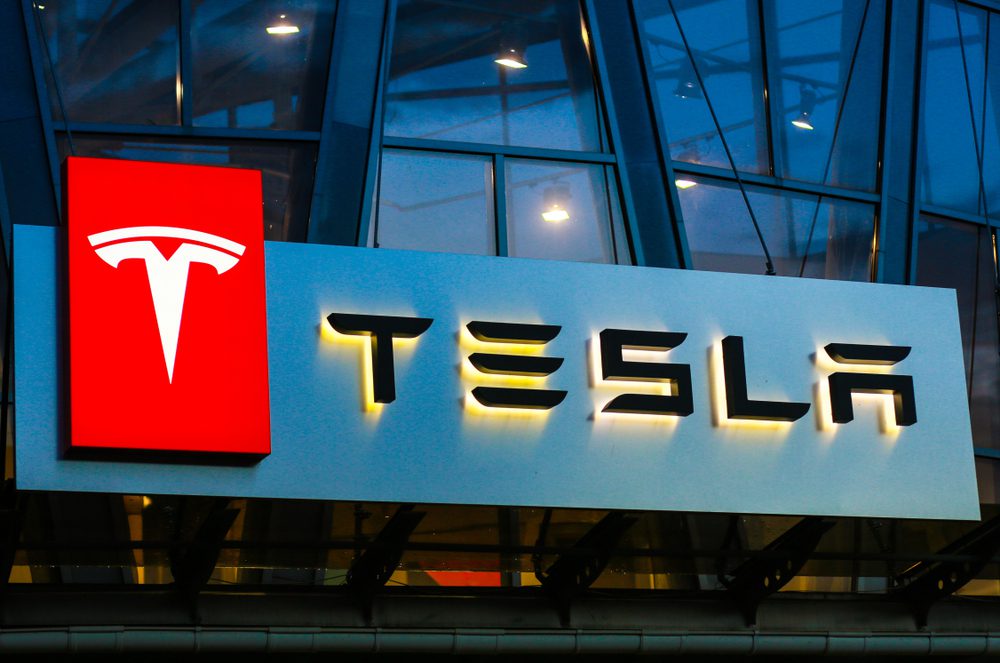SpaceX faced another devastating setback as Starship 36 exploded during a routine ground test at the company’s Starbase facility in Texas, marking the latest in a series of catastrophic failures that threaten ambitious timeline goals for Mars exploration and lunar missions. The explosion occurred around 11 p.m. Central Time on Wednesday during a static fire test, where engines are ignited while the rocket remains secured to the launch pad.
The dramatic failure was captured on multiple livestreams, showing a massive fireball that appeared to damage surrounding infrastructure including fuel storage tanks. Secondary explosions followed the initial blast, suggesting extensive damage to the test facility and potentially affecting other Starship vehicles in the vicinity.
SpaceX officials confirmed that all personnel remained safe during the incident and that no hazards threatened surrounding communities. The company has initiated comprehensive safety procedures to secure the test site while working with local authorities to assess the full extent of the damage.
Pattern of failures raises reliability concerns
This latest explosion continues a troubling pattern of Starship failures that have plagued the program throughout its development. Recent flight tests have ended in what SpaceX euphemistically terms rapid unscheduled disassembly, with vehicles exploding shortly after launch or failing during reentry attempts.
Flight tests 7 and 8 resulted in mid-flight explosions that scattered debris across Caribbean islands, while Flight 9 managed to reach space before being lost during the return phase. These repeated failures have raised questions about the vehicle’s readiness for crewed missions and complex interplanetary travel.
The static fire test failure represents a particularly concerning development since ground-based testing typically presents fewer variables and risks than actual flight operations. The inability to complete basic engine testing successfully suggests fundamental design or manufacturing challenges that may require extensive redesign efforts.
Moon mission timeline faces additional delays
The Starship program plays a crucial role in NASA’s Artemis program, which aims to return humans to the lunar surface for the first time since the Apollo era. The vehicle is designated to transport astronauts from lunar orbit to the Moon’s surface, making its successful development essential for mission success.
These ongoing failures will likely force additional delays to the already postponed Artemis III mission timeline. NASA has invested heavily in SpaceX’s Starship development through contracts worth billions of dollars, but the repeated setbacks threaten the agency’s ambitious goals for lunar exploration and eventual Mars missions.
The reliability issues also complicate SpaceX’s own internal timelines for demonstrating vehicle safety and operational capability. Federal regulators require extensive testing and validation before approving crewed missions, standards that become increasingly difficult to meet with each major failure.
Mars colonization dreams face reality check
Elon Musk has promoted extraordinarily ambitious timelines for Mars exploration, including plans to launch uncrewed missions by November 2026 and potentially sending humans to the Red Planet by 2028. These goals now appear increasingly unrealistic given the current state of Starship development.
The vehicle has not yet demonstrated basic capabilities required for interplanetary travel, including reliable Earth reentry, precision landing, and long-duration space flight. The addition of life support systems, radiation shielding, and crew accommodations for Mars missions adds layers of complexity that remain unaddressed.
Industry experts have consistently questioned the feasibility of Musk’s Mars timeline, noting that successful planetary missions typically require decades of development and testing. The repeated Starship failures reinforce concerns that the proposed schedule vastly underestimates the technical challenges involved.
Facility damage may extend development delays
Video footage of the explosion suggests significant damage to the Starbase facility, including potential harm to fuel storage infrastructure and other test equipment. Reports indicate that a third-generation Starship booster was also present in the affected area, potentially multiplying the program’s losses.
The extent of facility damage could force months-long delays as SpaceX rebuilds testing infrastructure and replaces damaged equipment. Such extended downtime would further push back development schedules that are already behind projected milestones.
Chief Executive Officer Elon Musk appeared to minimize the incident’s significance in subsequent social media posts, but the visible scale of destruction suggests substantial impact on program operations and timeline projections.



















